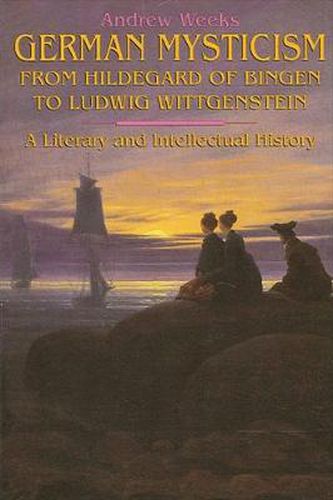Readings Newsletter
Become a Readings Member to make your shopping experience even easier.
Sign in or sign up for free!
You’re not far away from qualifying for FREE standard shipping within Australia
You’ve qualified for FREE standard shipping within Australia
The cart is loading…






This book offers the reader an introduction to the writings of Hildegard of Bingen, Meister Eckhart, Tauler, Nicholas of Cusa, Paracelsus, Jacob Boehme, Angelus Silesius, Novalis and includes the more recent thinkers, such as Schopenhauer and Wittgenstein, who were influenced by the tradition. It is the first study of its scope to take into account the much ignored historical preconditions of German mysticism and the first to trace the thematic evolution of mystical literature from a core of biblical and Augustinian materials. It also follows in the footsteps of recent scholarship in showing how German mysticism interacts with other currents in intellectual history such as the Reformation, Romanticism, or Modernism. Instead of murky generalizations, the reader will find clear discussions of representative literary documents, analyzed with an eye to theme, source, style, function, and influence.
$9.00 standard shipping within Australia
FREE standard shipping within Australia for orders over $100.00
Express & International shipping calculated at checkout
This book offers the reader an introduction to the writings of Hildegard of Bingen, Meister Eckhart, Tauler, Nicholas of Cusa, Paracelsus, Jacob Boehme, Angelus Silesius, Novalis and includes the more recent thinkers, such as Schopenhauer and Wittgenstein, who were influenced by the tradition. It is the first study of its scope to take into account the much ignored historical preconditions of German mysticism and the first to trace the thematic evolution of mystical literature from a core of biblical and Augustinian materials. It also follows in the footsteps of recent scholarship in showing how German mysticism interacts with other currents in intellectual history such as the Reformation, Romanticism, or Modernism. Instead of murky generalizations, the reader will find clear discussions of representative literary documents, analyzed with an eye to theme, source, style, function, and influence.